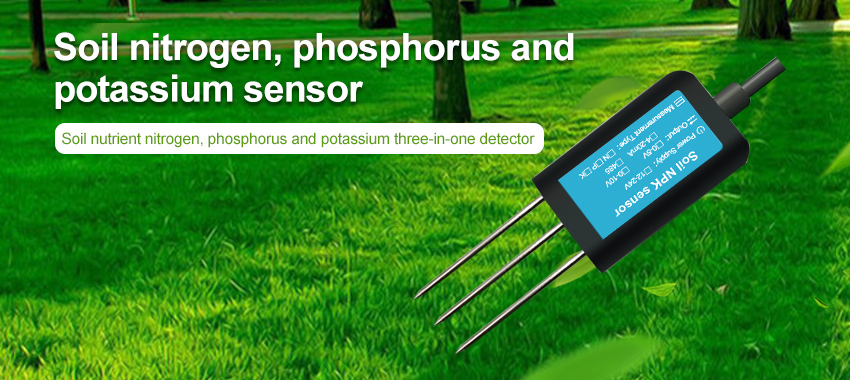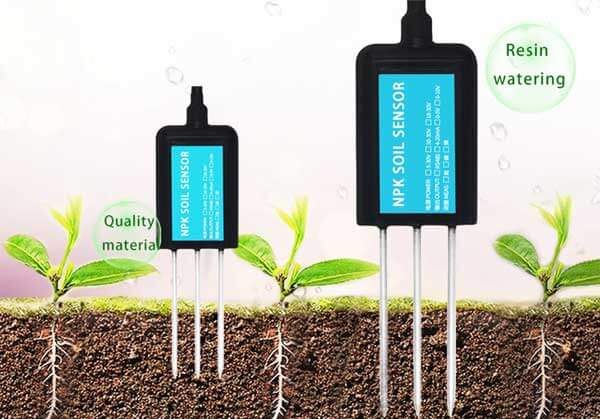Sustainable agriculture is a critical aspect of addressing the global challenges of food security, environmental degradation, and climate change. In recent years, advancements in technology have paved the way for innovative solutions in the agricultural sector. One such breakthrough is the integration of soil sensors and precision farming techniques. This article explores the future of sustainable agriculture and the transformative role that soil sensors and precision farming can play in optimizing productivity, minimizing resource use, and promoting environmental stewardship.

The Need for Sustainable Agriculture:
As the world population continues to grow, the demand for food is increasing exponentially. However, traditional farming practices often lead to excessive water usage, chemical fertilizers, and soil erosion, resulting in environmental degradation and reduced yield potential. Sustainable agriculture aims to address these challenges by adopting practices that promote long-term ecological balance while meeting the nutritional needs of a growing population.
Soil Sensors: Unleashing the Power of Data:
Soil sensors are devices that measure various soil parameters such as moisture content, temperature, nutrient levels, and pH. These sensors provide real-time data on soil conditions, enabling farmers to make informed decisions about irrigation, fertilization, and crop management. By understanding the specific needs of their crops, farmers can optimize resource allocation, minimize waste, and maximize yields.

Precision Farming: Targeted Approach for Enhanced Productivity:
Precision farming utilizes data-driven technologies, including soil sensors, to implement site-specific management strategies. By dividing fields into smaller management zones based on variability in soil characteristics, farmers can tailor inputs such as water, fertilizers, and pesticides to meet the precise requirements of each zone. This targeted approach reduces input waste, minimizes environmental impacts, and increases overall productivity.
Benefits of Soil Sensors and Precision Farming:
a. Efficient Resource Management: Soil sensors enable farmers to determine optimal irrigation schedules, reducing water consumption and minimizing the risk of overwatering or under-watering. Similarly, by accurately measuring nutrient levels, farmers can apply fertilizers precisely where and when needed, minimizing nutrient runoff and reducing the environmental impact.
b. Increased Crop Yields: Precision farming techniques, coupled with soil sensors, allow farmers to identify areas of low productivity and address them promptly. By optimizing irrigation, fertilization, and other inputs based on real-time data, farmers can enhance crop health, leading to increased yields and improved economic outcomes.
c. Environmental Stewardship: Sustainable agriculture aims to minimize the negative impacts of farming on the environment. Soil sensors and precision farming play a crucial role in achieving this goal. By reducing chemical inputs, conserving water, and preventing soil erosion, these technologies promote biodiversity, soil health, and overall ecosystem resilience.
d. Cost Savings: By adopting precision farming techniques, farmers can optimize the use of inputs and minimize wastage. This translates to cost savings in the long run. Additionally, the precise application of resources reduces the risk of crop damage and ensures that inputs are used efficiently, resulting in improved financial returns.
Challenges and Potential Solutions:
While soil sensors and precision farming offer numerous benefits, there are challenges to widespread implementation. The initial investment in technology and infrastructure may deter some farmers. Additionally, accessing and interpreting the large volumes of data generated by soil sensors can be overwhelming for those without technical expertise. However, these challenges can be overcome through education, training, and government support. Collaborative initiatives involving technology providers, agricultural researchers, and farmers can help create user-friendly platforms and develop cost-effective solutions that cater to the needs of farmers at all levels.
The Road Ahead: Integration and Collaboration:
The future of sustainable agriculture lies in the integration of various technologies and collaborative efforts. Soil sensors and precision farming are just the beginning. With advancements in artificial intelligence, robotics, and remote sensing, the potential for further innovation in the agricultural sector is immense. Collaboration among researchers, policymakers, and farmers will be crucial in driving sustainable practices and ensuring the equitable distribution of benefits across different regions.
Conclusion:
The future of sustainable agriculture rests on our ability to embrace technology and harness its potential for optimizing productivity while minimizing environmental impacts. Soil sensors and precision f







